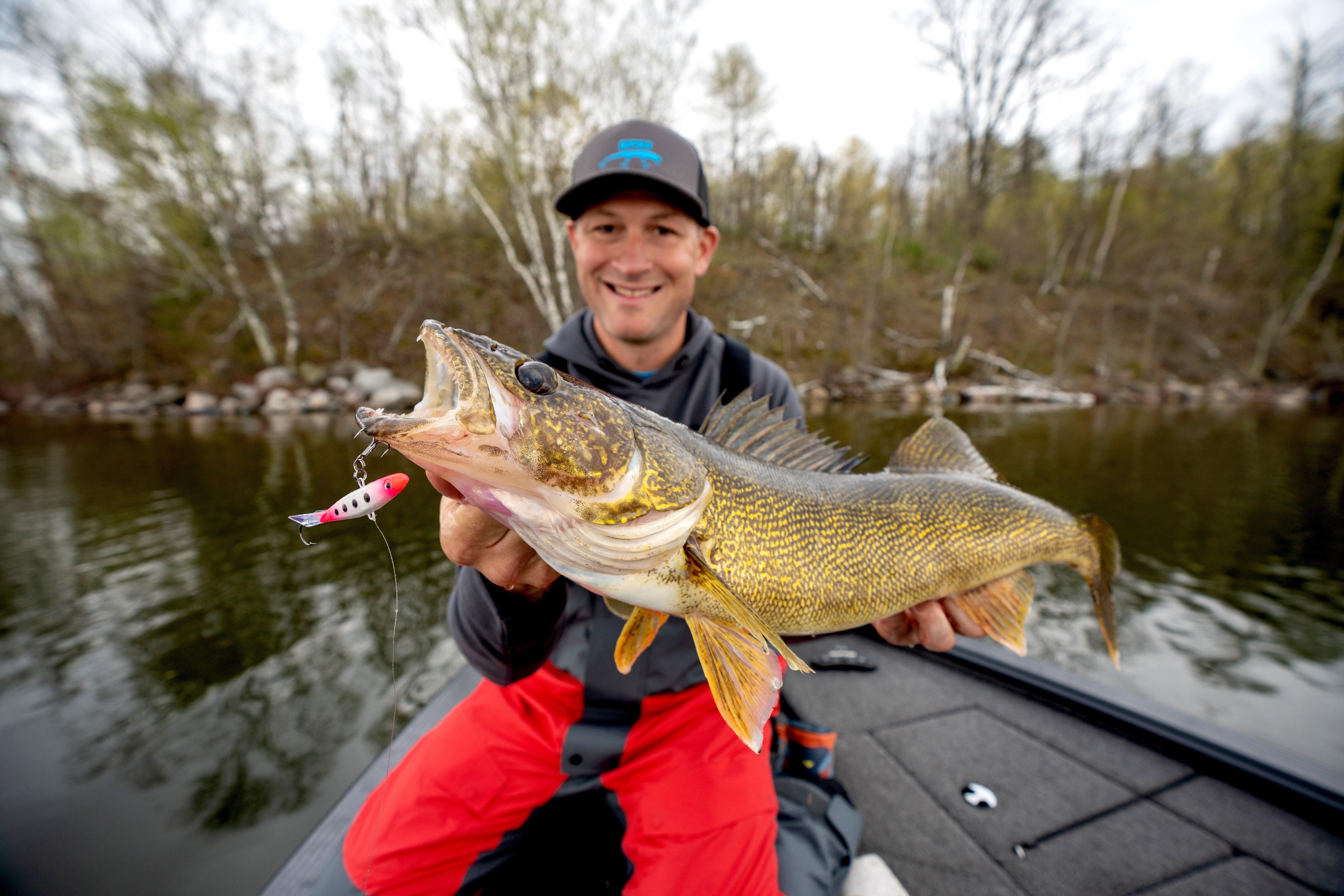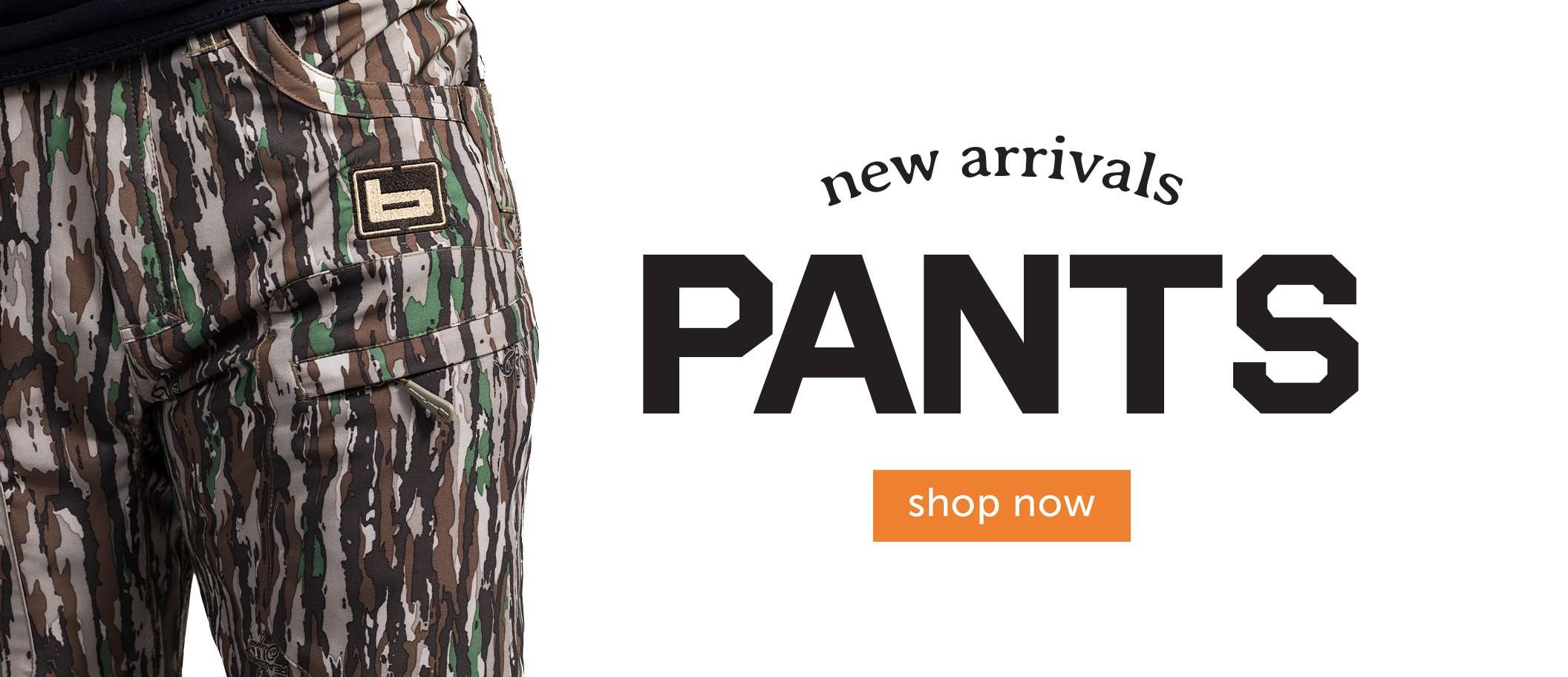Sometimes fishing shallow in a small river or lake is the easiest way to catch a limit of summer walleyes
Big water gets all the attention from the walleye world. Lakes like Mille Lacs, Erie, and Lake of the Woods are legendary for producing huge stringers of fish. Unfortunately for visiting anglers, they also produce huge waves.
When rough conditions force you off your favorite walleye fishing destination, turning to smaller waters can really pay dividends. In fact, some of the most consistent walleye action often comes from bodies of water that are just a few miles long. The best part? You’ll often have the hotspots to yourself. Here’s how to cash in.

Smaller lakes can produce big walleye action. Image by Rebekka Redd
TAKE IT TO THE BANK
Small waters are famous for springtime walleye action just off the bank, and the bank fishing in some locales is especially productive. But don’t be fooled into thinking that the shallow bite stops once summer begins. Natural lakes, especially those with rock piles and shoals, harbor populations of walleyes that hold in skinny water all year.
Most small bodies of water don’t have a large, open-water forage base, like shad or alewives. Instead, the predatory fish in those lakes and rivers rely on suckers, chubs, panfish, and even crayfish for the majority of their diet.
***Don’t Miss: *Secrets for Finding and Catching Redear Sunfish
Those same species inhabit shallow rock piles year around, bringing a viable food source to predatory walleyes. The same shallow bite holds true for larger rivers. Here, we often see a major influx of fish around the spawning period. On many systems, walleyes run up rivers to spawn, where they stage and feed around current breaks before and after their reproductive obligations. Spillway and dam areas are magnets for staging walleyes.
Where rivers aren’t an option, often it’s riprap banks and bridges that see visits from shoreline-driven fish. In fall, break walls can be lights-out, especially at night. And baitfish congregate around piers as the water cools, bringing in glowing-eyed monsters.
FINE TUNE YOUR SPOT
When surrounded by millions of river-run spawners, the fishing should be easy. Often, it’s not. Walleyes prefer to inhabit areas of slack water surrounded by stronger current. That could be an obvious spot, like behind a concrete abutment, or a more subtle isolated boulder in the stream. In order to get strikes, it’s key to get your lure in an eddy.
Pier anglers find windblown corners to be the best places to cast. Here, your lure gets slightly swept by wave action, taking it from a straight retrieve to a slight drag. That’s a key time for a predator to jump on prey.
Rock pile anglers find hotspots most often at the end, or deeper side of the pile. A few scattered rocks off the main structure can produce the biggest fish of the day.
In all cases, note your most productive casts, and duplicate them exactly.
TOP PRESENTATIONS
You don’t need as much tackle for small-water walleye fishing as you might out on the Great Lakes. There’s no need for an arsenal of trolling rods, planer boards, and endless boxes of plugs.
For starters, jigs should be your primary lure type. The versatility of a jig cannot be overstated, and productive sizes range from 1/16- to 3/4-ounce.
***Don’t Miss: *Fluorocarbon, Braid, or Mono: Which Fishing Line Works Best?
On small lakes, and when fishing rock piles and shallow weed-edges, choose a jig that allows for short pitches and direct contact with the lure, without going overboard in weight. A slowly falling lure is nearly always best. Tipping a jig with a live minnow is the standard go-to, but don’t discount plastic tails and flavored baits. Leeches come through for die-hard users, especially in cold water, and they’re easy to use. Pick jigs with short hooks featuring wide gaps.

Jigging Raps are ideal for vertical presentations. Image Courtesy of Rapala
Colors are big deal in the walleye game, and often switching back and forth produces dividends. Orange and pink jigs are sometimes more productive than standard chartreuse or green. Gold can be a real sleeper color.
Jigs play well for anglers fishing the spawning runs of many rivers, too. Wade fishing is often popular, so jigs must be heavy enough to cast long distances, but not so heavy they snag easily. Some anglers use a Carolina-rig system with a sliding weight and floating jighead to cut down on lost lures. Typically, jigs for spawners are tipped with bright plastic curly tails. For all jig applications, a long spinning rod with braided mainline and fluorocarbon leader is essential.
Minnow plugs are tops in shallow areas, and especially when casting in the evenings. Small-water walleye fishing is often at its best during low-light periods, especially for shallow fish, and minnow plugs are perfect for that. Floaters and suspending baits can work equally well depending on the cover type, and slow retrieves are usually best. Be sure to choose a plug that casts well regardless of wind.
Crankbaits perform at greater depths. Slender baits like the original Shad Rap are tough to beat, and produce a tight, realistic wobble that walleyes like. Stop and go retrieves that bump bottom are best. When contact is made with weeds, braided line allows a quick rip and a triggering mechanism. Lipless cranks also pay big dividends for walleyes. Often a yo-yo retrieve works best, similar to a blade bait (see below).
Swimbaits started in the bass world, but quickly gained popularity with walleye anglers, too. Experts like In-Fisherman’s Doug Stange helped teach the world about the effectiveness of jighead-rigged swimmers, with are often larger than what most walleye anglers were accustomed to. Paired with a 1/2 to 1-ounce head, these baits cover a variety of water depths, cast like a bullet, and catch big fish. When rigged with a dab of super-glue, numerous fish can be caught without re-rigging. Swimbaits excel in weedy areas where the rip retrieve prevails, but they can also be fished effectively at depth in rocky areas.
Finally, blade baits catch tons of walleyes each year, but don’t get much press. These simple, metal lures are outstanding in current areas, where they fall straight down, even in fast flow, getting into the nooks, crannies and eddies that walleyes use. Tying direct to braided line increases feel, and makes it possible to bend the hooks out on most snagged baits. If near vertical presentations are a possibility, the timeless Jigging Rap should always be tied on a rod.
Our approach to small-water walleyes is simple, yet effective. You’ll be surprised at the results when targeting these underrated fisheries. As others battle the weather and the waves, you’ll be on your way to another limit of fish.
Don’t Miss: White Crappie vs. Black Crappie. What’s the Difference?












